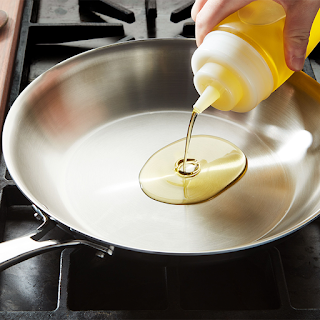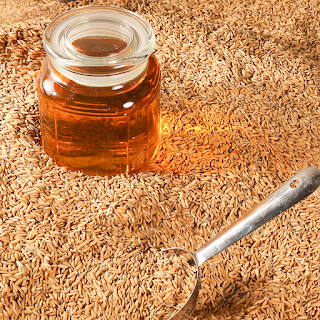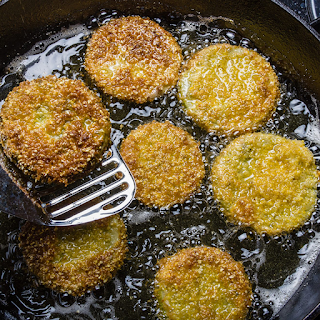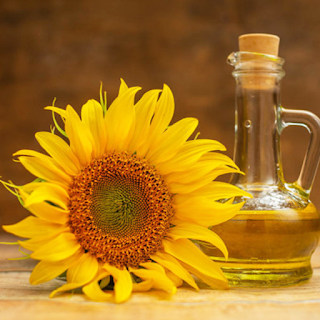Fatty acids and cooking temperature
Vegetable oils are extracted fats from plants. Although, in principle, other parts of the plant can be used to extract the oil, in practice it comes almost exclusively from the seeds. When they are in solid form, they are called fats and in liquid form, they are considered oils. Before we deliberate about oils and their varying characteristics, it is worth learning more about the types of fat - which is the main component of oils. Saturated fats, monounsaturated fatty acids (MUFA) and polyunsaturated fatty acids (PUFA) In the context of oil composition, we can group them into three broad categories: Oils rich in saturated fat, monounsaturated and polyunsaturated fatty acids. This distinction is mainly due to the varying levels of fatty oils and the way the oil behaves at room temperature: generally, saturated fats are solid, while unsaturated fats are liquid. As you can now deduce, vegetable oils are the primary sources of polyunsaturated and monounsaturated fats. These are f...









